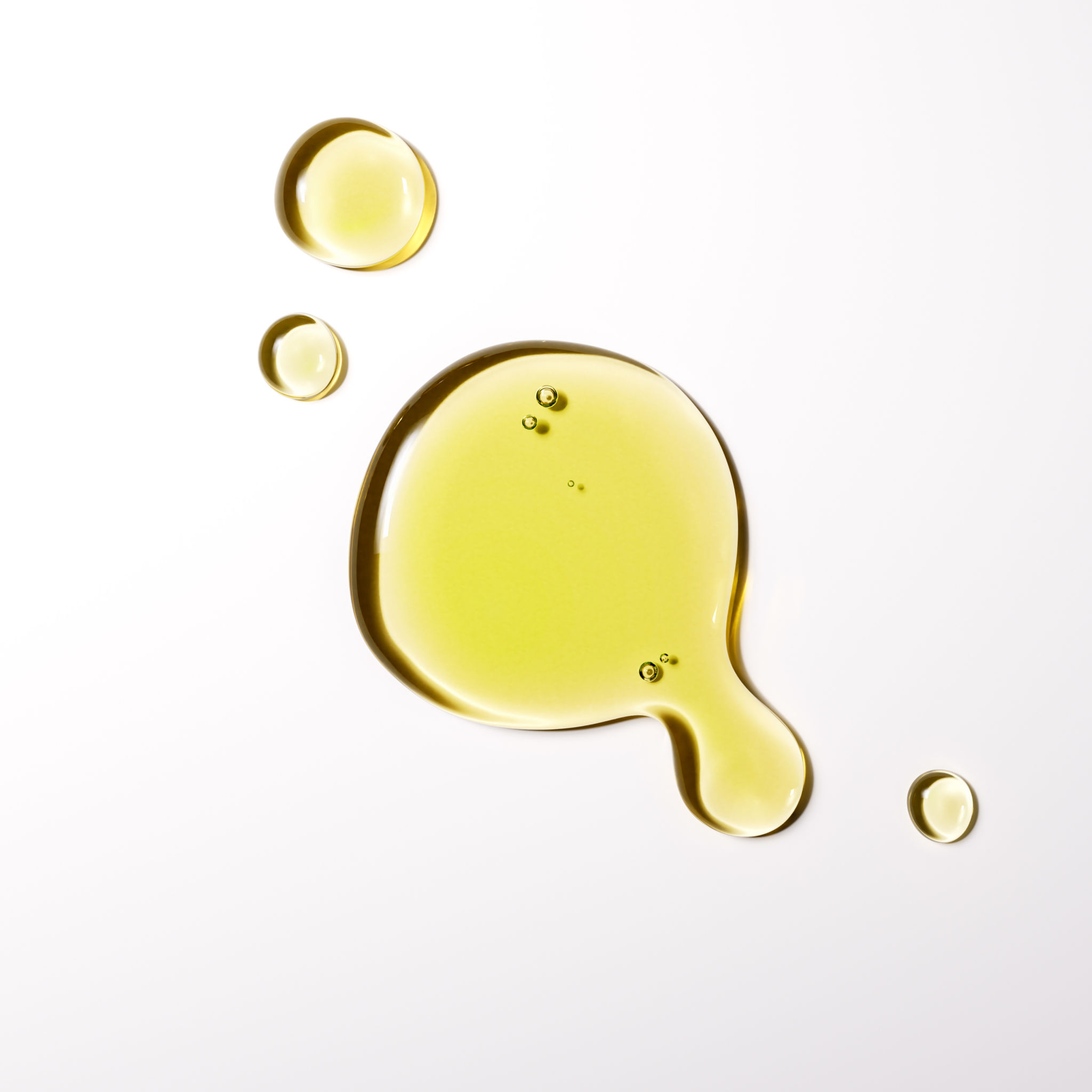How to Create a Migraine-Free Environment at Home
Understanding Migraine Triggers
Migraines can be debilitating, affecting your quality of life significantly. One effective way to manage them is by creating a migraine-free environment at home. Identifying and understanding potential triggers is the first step. Common triggers include bright lights, strong odors, loud noises, and certain foods.
Keeping a migraine diary can help you pinpoint what might be causing your headaches. Note down the time, intensity, and any potential triggers each time you experience a migraine. This information can be invaluable in customizing your home environment.

Lighting and Ambiance
Bright or flickering lights can be a major migraine trigger. Consider using soft, ambient lighting in your home. Opt for lamps with adjustable brightness or install dimmer switches to control the intensity of light. Natural light is also beneficial, so make use of blinds or curtains to adjust sunlight levels throughout the day.
Blue light from screens can exacerbate migraines. Make it a habit to take breaks from screens and use blue light filters on your devices. This simple adjustment can significantly reduce eye strain and help prevent migraines.
Managing Noise Levels
Loud noises can be a significant trigger for migraines. Create a quiet space in your home where you can retreat when needed. Soundproofing can be an effective way to minimize outside noise. Consider using rugs, curtains, and soft furnishings to absorb sound.

If complete silence is not achievable, consider using white noise machines or apps that produce calming sounds like rainfall or ocean waves. These can help drown out disruptive noises and create a soothing environment.
Controlling Scents and Odors
Strong odors and perfumes can trigger migraines for many people. Opt for unscented or naturally scented cleaning products and personal care items. Ventilate your home regularly to keep the air fresh and free of strong smells.
Essential oils, such as lavender or peppermint, can be soothing for some migraine sufferers. However, it's important to test them in small amounts to ensure they do not trigger your migraines instead.

Diet and Hydration
Diet plays a crucial role in managing migraines. Certain foods, like aged cheese, chocolate, and processed meats, are common triggers. Maintain a balanced diet and keep track of any foods that seem to induce migraines.
Hydration is equally important. Dehydration can lead to headaches, so ensure you're drinking enough water throughout the day. Keep a water bottle handy and consider setting reminders to drink water regularly.

Creating a Relaxing Atmosphere
Stress is a well-known migraine trigger. Creating a relaxing atmosphere at home can help mitigate stress levels. Incorporate calming activities into your daily routine, such as yoga, meditation, or deep breathing exercises.
Designate a specific area in your home for relaxation and mindfulness. This space should be free from distractions and tailored to your personal comfort preferences, promoting tranquility and peace of mind.
